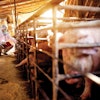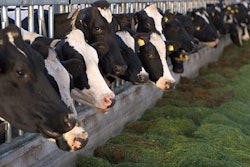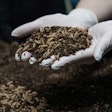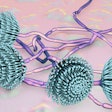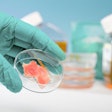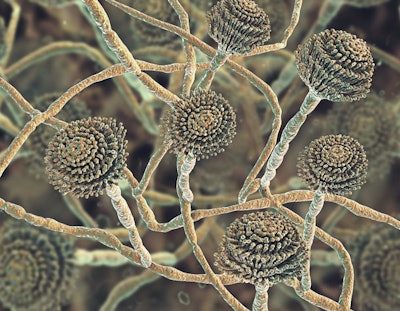
Best practices and tools for managing mycotoxins in animal feed
As global climate patterns change, persistent weather extremes will usher in an era of increased mycotoxin contamination challenges for poultry and livestock producers. From production losses to decreased growth performance, lower feed efficiency to increased vulnerability to pathogens, the effects of mycotoxins in animal protein production are well known — especially when it comes to the “Big 6” toxins — but what’s not as well understood is the prevalence of and synergies between co-, emerging and masked mycotoxins in animal feed production.
The November 2020 Feed Strategy cover story, “How to manage mycotoxin contamination in animal feed,” sources referred to presence of mycotoxins at any level as the “invisible threat” to the global feed industry, one that often goes undetected or underestimated until producers are faced with serious health and productivity issues. Here, industry suppliers offer their tips for developing a solid mycotoxin mitigation strategy.
In “Answers to 10 mycotoxin questions,” staff reporter Ann Reus provides a high-level overview of mycotoxin basics and terminology for feed producers.
The cancellation of most industry exhibitions in 2020 has made it difficult for feed industry stakeholders to be introduced to the latest products in the market. In an effort to tie our mycotoxin management strategies coverage with the feed additive solutions critical to a successful program, we have included our first “feed additives for mycotoxin mitigation” product roundup, featuring a collection of the latest innovations from 15 of the industry’s leading suppliers.
Because some degree of mycotoxin contamination in animal feed is inevitable, experts suggest taking a holistic approach to the mycotoxin challenge by not only focusing on additives and grain quality, but by strengthening gut health, managing external stressors and ramping up efforts to repair existing damage.
What mycotoxin challenges have you experienced with your grains/feed in 2020 and how did you address them? Please let me know.
Hope you enjoy the issue!
